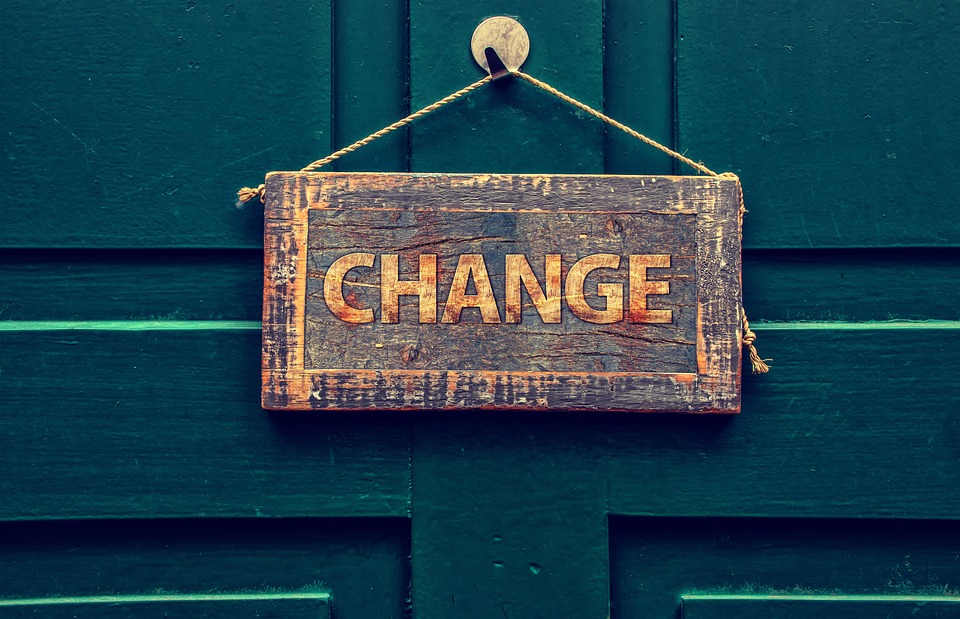Demographic Changes and Healthcare: Challenges and Opportunities
The Impact of Demographic Changes on Healthcare
Demographic changes refer to shifts in the population such as aging, urbanization, migration, fertility rates, and mortality rates. These changes have a significant impact on healthcare systems around the world. As the population ages, increased demand for healthcare services puts pressure on healthcare providers to meet the needs of older adults who may have chronic diseases and multiple healthcare needs.
Urbanization also plays a role in healthcare as more people move to cities, leading to overcrowded healthcare facilities and increased healthcare costs. Migration patterns can also impact healthcare systems as newcomers may have different healthcare needs than the existing population, leading to challenges in providing culturally competent care.
In addition, changes in fertility and mortality rates can affect the overall population size and age distribution, which in turn influence healthcare resource allocation and planning. It is important for healthcare systems to adapt to these demographic changes in order to provide quality care to all individuals.
Challenges in Healthcare Due to Demographic Changes
One of the main challenges in healthcare due to demographic changes is the increasing demand for services, particularly for older adults with chronic conditions. This puts a strain on healthcare resources and can lead to longer wait times for appointments and procedures. Healthcare providers may also be faced with the challenge of managing complex care needs of older adults with multiple comorbidities.
Another challenge is the impact of urbanization on healthcare systems. Urban areas tend to have higher rates of chronic diseases and mental health issues due to factors such as pollution, stress, and lack of access to green spaces. Healthcare providers in urban areas may struggle to meet the needs of a growing population and may face challenges in providing preventative care and managing chronic diseases.
Additionally, migration patterns can lead to challenges in providing culturally competent care to diverse populations. Healthcare providers must be aware of the cultural beliefs and practices of different groups in order to provide effective care. Language barriers can also pose challenges in communication between healthcare providers and patients from different cultural backgrounds.
Opportunities in Healthcare Due to Demographic Changes
Despite the challenges, demographic changes also present opportunities for healthcare systems to improve and innovate. For example, advancements in technology can help healthcare providers better manage the care of older adults with chronic conditions. Telemedicine allows patients to access healthcare services remotely, reducing the need for in-person appointments and increasing access to care for individuals in rural areas.
Population health initiatives can also help healthcare systems address the impact of urbanization on health. By focusing on preventative care and addressing social determinants of health, healthcare providers can work towards improving the overall health of the population and reducing the burden of chronic diseases in urban areas.
Furthermore, diversity in the healthcare workforce can help address the challenges posed by migration patterns. Healthcare providers from diverse backgrounds can help bridge the gap between different cultural groups and provide culturally competent care to all patients. This can lead to improved health outcomes and patient satisfaction.
In conclusion, demographic changes present both challenges and opportunities for healthcare systems around the world. By recognizing and addressing the impact of these changes, healthcare providers can work towards providing quality care to all individuals, regardless of age, location, or cultural background. Embracing innovation and focusing on preventative care can help ensure that healthcare systems are able to adapt and thrive in an ever-changing demographic landscape.
